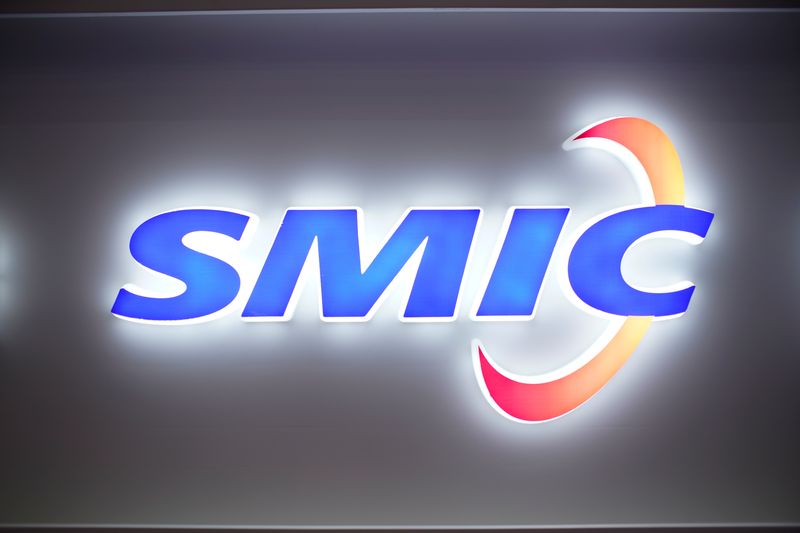SMIC says worries over memory shortage prompt customers to hold back Q1 orders
By Che Pan and Brenda Goh
BEIJING (Reuters) -Semiconductor Manufacturing International Corp , China’s largest contract chipmaker, on Friday said growing worries about a shortage of memory chips are prompting its customers to hold back their orders for other types of semiconductors.
“People don’t dare place too many orders for the first quarter next year,” said Zhao Haijun, SMIC’s co-CEO, during an earnings call. “Because no one knows how many memory (chips) will actually be available – how many phones, cars, or other products it can support.”
Manufacturers of cars and smartphones that use memory will face pricing pressure and supply uncertainty next year, he said, adding that nobody is offering firm supply commitments right now.
The global rush by companies to produce semiconductors for artificial intelligence is tightening supplies of less glamorous memory chips used in smartphones, computers and servers, spurring panic buying by some customers and a surge in prices, industry executives and analysts said.
The world’s biggest makers of memory chips are Micron in the U.S. and its South Korean rivals SK Hynix and Samsung.
“The current memory market is in short supply and prices have surged significantly,” Zhao said.
Zhao warned that the “super cycle” in the memory sector would also intensify competition for foundries, as customers hoped to negotiate lower contract prices for other types of integrated circuits to offset rising price pressure on memory chips.
SMIC’s third-quarter revenue rose 9.7% from a year earlier to $2.38 billion thanks to robust local demand, with profit up 28.9% to $191.75 million. Both beat analysts’ expectations, according to LSEG data.
SMIC’s monthly production capacity increased 3.2% quarter-to-quarter to 1.02 million eight-inch equivalent wafers, with utilization rates – measuring a foundry’s production intensity – rising to 95.8% from 92.5% in the second quarter.
SMIC shipped 2.5 million equivalent wafers in the third quarter, up 4.6% from the previous quarter.
China remained SMIC’s biggest market, accounting for 86% of its revenue in the third quarter, up slightly from the second quarter, while the U.S. contributed 11%, down slightly from 13%.
Among its five major application sectors, consumer electronics - excluding smartphones, computers, tablets and industrial and automotive applications – registered growth from the second quarter thanks to strong local demand. Zhao said this was because its customers had gained larger market shares in China.



Leave a Comment
Your email address will not be published. Required fields are marked *